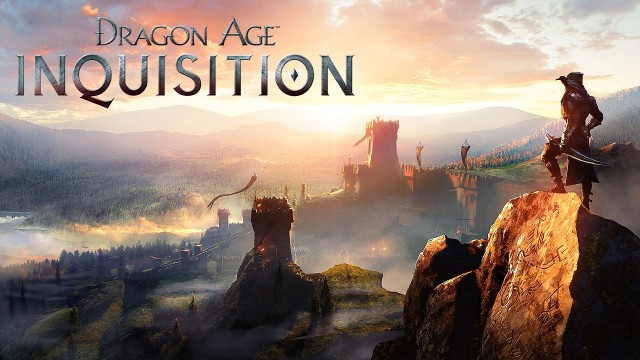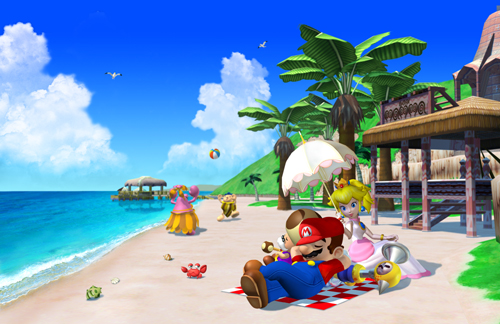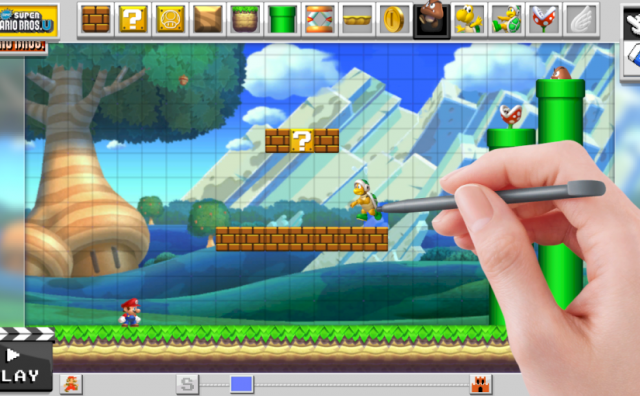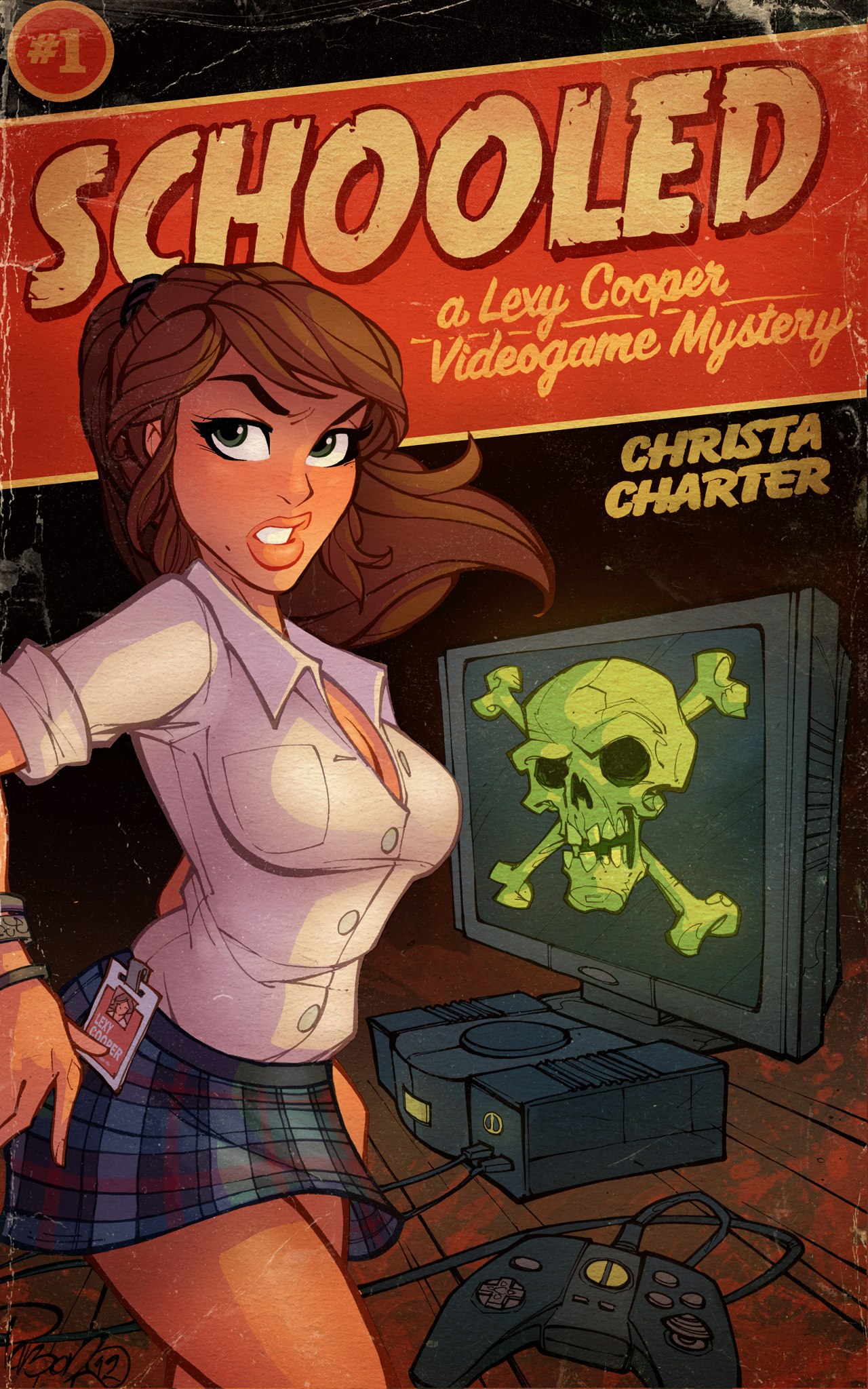In an interview published last week on Game Informer, Rhianna Pratchett, writer for the 2013 reboot of Tomb Raider and the upcoming game Rise of the Tomb Raider, was questioned about how Lara Croft’s long history of overt over-sexualization and persistent objectification was handled with these latest reboots. For most of her pixelated life, Lara was, as Game Informer described, “a sexed up caricature of femininity.” This isn’t to say that she wasn’t an admirable character in other aspects or that she had no other remarkable personality traits, but it’s hard to argue that was was very much created with the male gaze and female sexuality in mind. Normally I might have just read over Pratchett’s answer to fulfill my own curiosity, but the way the question was worded sparked a bit of internal debate within myself. Rather than merely asking about how Lara is being presented in these most recent reboots, Game Informer asked if Pratchett thought if Lara could be sexy, given her “rocky” history with the trait. Pratchett responding with the following:
“I personally don’t have an issue with female characters being sexy. However, in the past the industry has suffered from sexy merely being used as a solo personality trait. Likewise, the definition of what constitutes sexy has been very narrow and frequently meant overly sexualized, which was off-putting for some. We definitely need more diversity in this area and to create more characters who’re sexy because they’re smart, funny, thoughtful, loyal, textured and flawed people, on top of whatever they may look like. I still think Lara’s sexy. She’s beautiful, fierce, empathetic, determined and smart – which arguably she was before. But now she’s just not sexualized. I think that decision has definitely helped us reach new audiences.”
Pratchett raises a good point: too often “sexiness,” especially for women, is equated solely with physical attractiveness. Even more specifically, “sexiness” – especially in video games and other forms of popular media, but still sadly true in the “real world” as well – becomes synonymous with dressing and looking in a way that is pleasing to and aligns with the male gaze. It becomes synonymous with inappropriate and overly revealing outfits for female characters, female character designs that conform to Western beauty ideals, and a female character’s first revealed or primary character trait being her physical attractiveness rather than their ambition, their strength, or any other positive personality traits. However, more than this, Game Informer’s question and Pratchett’s response that followed made me really wonder if a female character can still be physically “sexy” but still remain her status as a positive representation of women or well-developed character? Are these things mutually exclusive?
The more I thought about this, the more I came to realize that this is all very dependent on how the female character’s sexuality is presented and, as Pratchett stated, whether or not any of the character’s other traits decrease in importance or are blanketed because of an emphasis on their sexuality. I would still describe this most recent incarnation of Lara as “sexy,” but not over sexualized. Her character model still retains the complete determination of her previous incarnation, but without the wildly inappropriate clothing. She’s still probably wearing less than she really should be out in the wilderness (after all, a camisole isn’t very protective, but I’m willing to give the benefit of the doubt since it was essentially her pajamas and she was sort of thrown into action unexpectedly), but it doesn’t feel like its pandering to a male audience. She attractive, but that’s not constantly shoved in our faces.
Removing Lara’s over-sexualization has allowed Crystal Dynamics and Pratchett to explore new facets of her character that were eclipsed by traits included to solely sell her as a strictly powerful, sexy character. In this incarnation she gets scared, she’s insecure, she struggles with both the mental and physical wounds she suffers from during her journey, but she’s also smart, brave, and adventurous. All of these things combined make her more human and, I would argue, a better character. Her “sexiness,” for the most part (still not pleased about the occasionally pandering camera angles or perspectives though), isn’t removed necessarily, but exploring Lara’s sexuality takes a backseat to exploring her character in general, which feels more natural considering the story and circumstances she finds herself in in the game.
I believe this is also dependent on how in control of her own sexuality the character is. Camera angles that objectify the female character or outfits designed to pander to male players comprise something like a passive sexuality – as if the way their sexuality is expressed is solely the choice of the game designers and not authentic to the character. While this is admittedly rare in games, I’m certainly more willing to accept and be more comfortable with a female character’s sexuality if it feels as if it is portrayed in a realistic way. It’s for this reason that I felt so uncomfortable with a Yuna and Lightning who returned in their respective Final Fantasy sequels dressed in a way that felt out of sync with their character – not only was it, to different extents, pandering, but it just wasn’t something I imagined them realistically doing.
Does this mean that I don’t like female characters that are afflicted by passive sexualization or think there can’t be any redeeming features to them, or think that a female character’s sexuality shouldn’t be approached in games? No, of course not, but when it’s approached in a way that puts it in a context relative to, perhaps, the character’s other traits that would realistically be more prominent and when it is done with the character’s theoretical choice in mind, it contributes to an all around more authentic experience.




